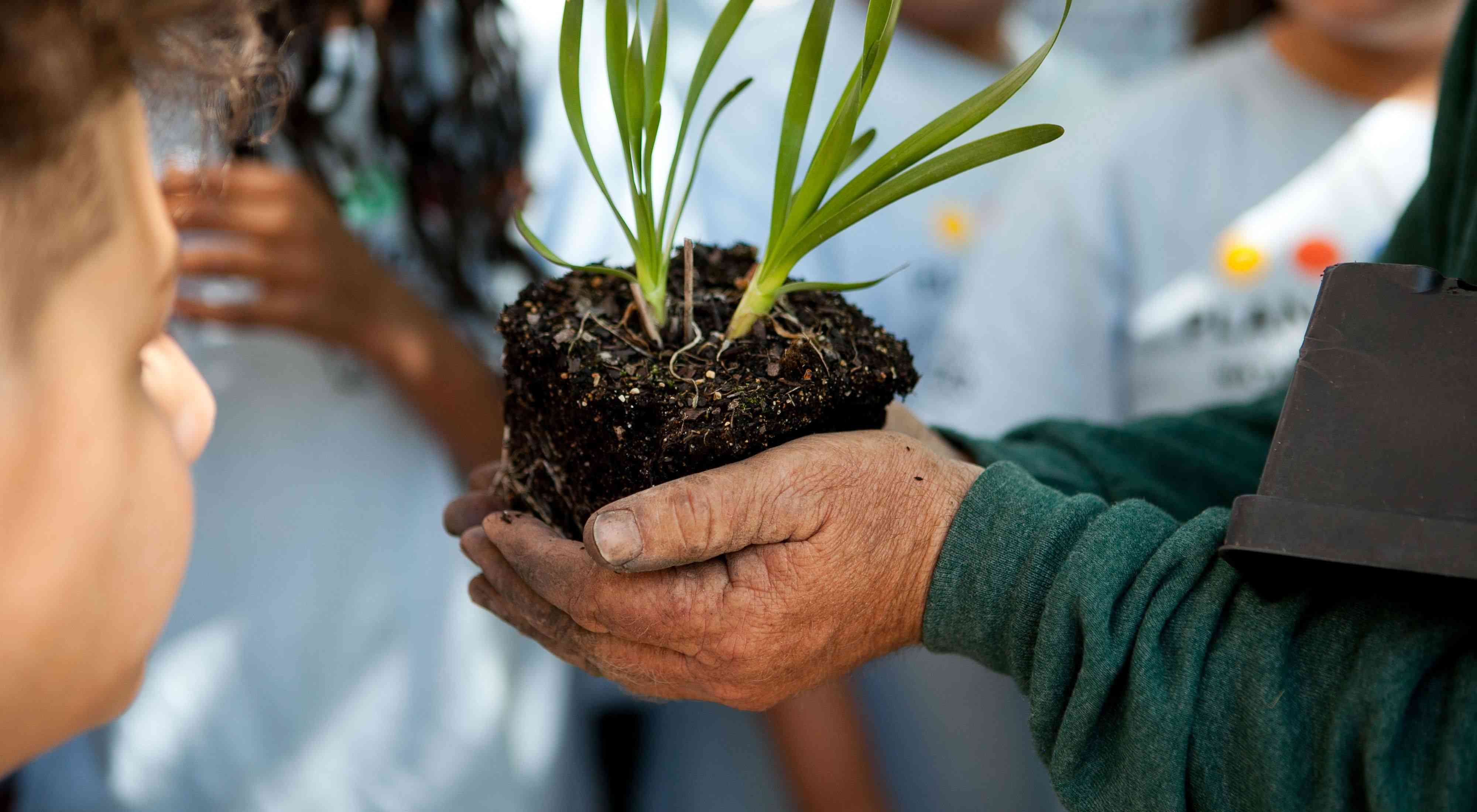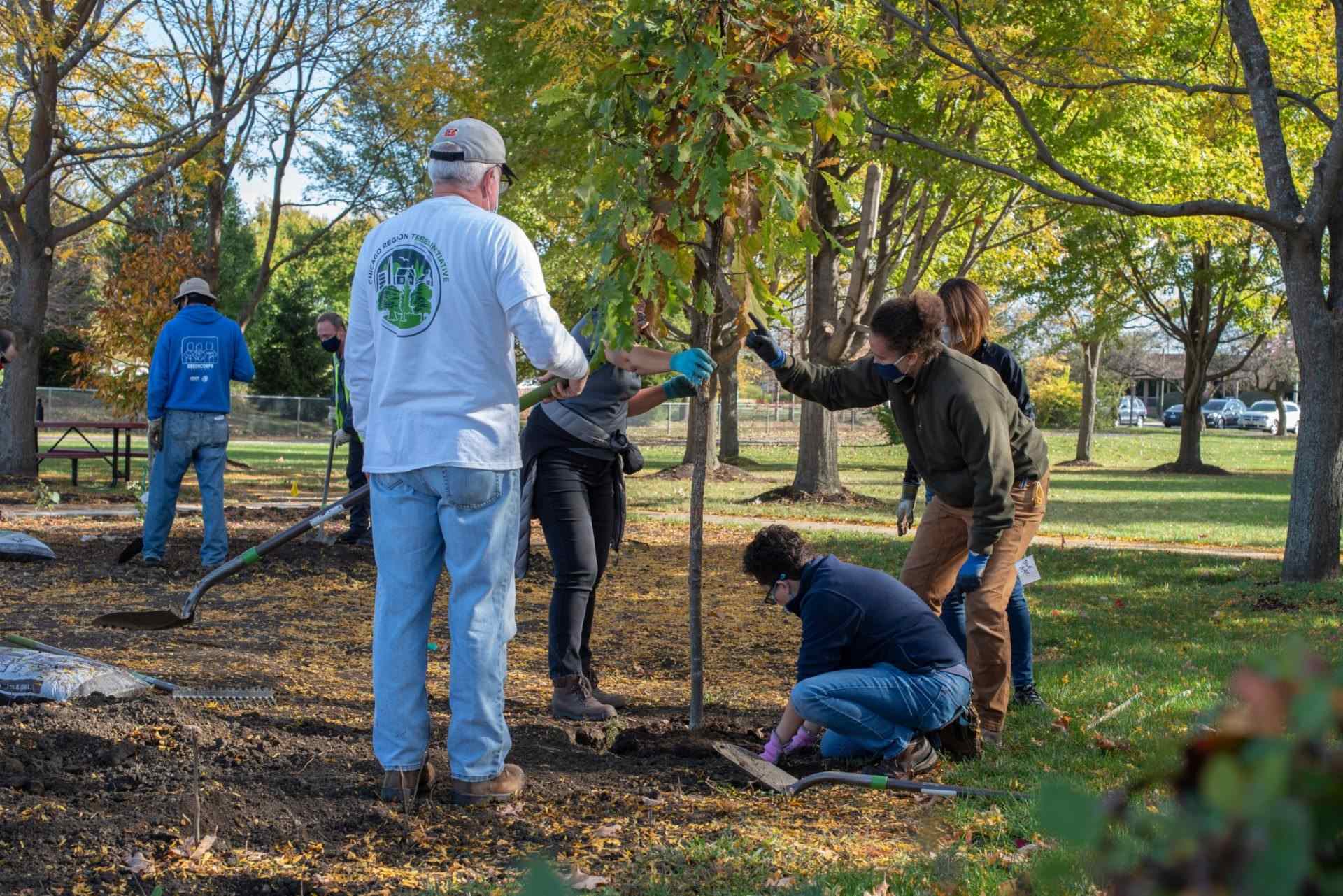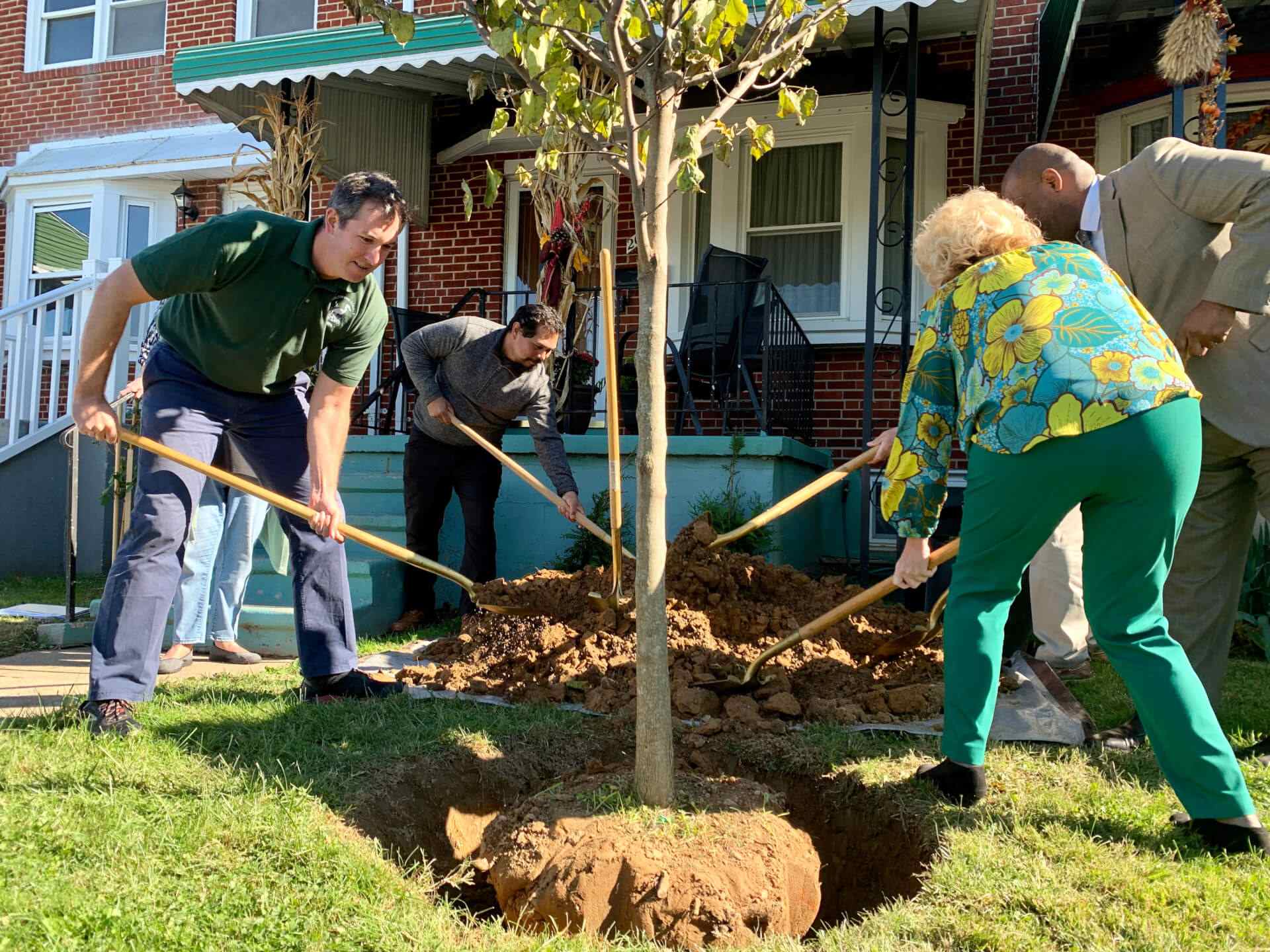Home>Gardening Basics>Understanding Soil>What Planting Zone Is Missouri In


Understanding Soil
What Planting Zone Is Missouri In
Modified: January 22, 2024
Discover the soil types and planting zones in Missouri to gain a better understanding of ideal conditions for successful gardening.
(Many of the links in this article redirect to a specific reviewed product. Your purchase of these products through affiliate links helps to generate commission for Chicagolandgardening.com, at no extra cost. Learn more)
Table of Contents
Introduction
Welcome to the world of gardening in Missouri! If you’re a gardening enthusiast or planning to start your own garden in the Show-Me State, it’s essential to understand the concept of planting zones. Planting zones, also known as hardiness zones, are geographical regions that help determine which plants are most likely to thrive in a particular area. By understanding the planting zone of Missouri, you can select the right plants for your garden and ensure their successful growth.
Planting zones are categorized based on the average minimum winter temperature in a specific area. The United States Department of Agriculture (USDA) developed the USDA Plant Hardiness Zone Map, which divides the United States into 13 different zones. Each zone is further divided into sub-zones based on the temperature range. These zones provide valuable information to gardeners, helping them choose plants that are well-suited to their local climate.
As we dig deeper into the planting zone of Missouri, you’ll discover the specific zone in which the state is classified. Additionally, we’ll explore the factors that affect Missouri’s planting zone and recommend some plants that are ideal for this region. So, let’s get our hands dirty and explore the wonderful world of gardening in Missouri!
Understanding Planting Zones
Planting zones, also known as hardiness zones, are geographical regions that provide essential information for gardeners. They are based on the average minimum winter temperature of a specific area and help determine which plants are most likely to thrive in that region. By understanding the concept of planting zones, gardeners can make informed decisions about plant selection and ensure the success of their gardens.
The United States Department of Agriculture (USDA) developed the USDA Plant Hardiness Zone Map, which divides the United States into 13 major planting zones. Each zone is further divided into sub-zones, designated by the letters “a” and “b,” to capture more precise temperature ranges within the larger zones.
Planting zones provide valuable information about the climate of a specific area. They give gardeners an understanding of the average low temperatures during the winter season, which is crucial for determining what plants are likely to survive and thrive. Plants have different tolerance levels to temperature extremes, and planting zones act as a guide to help gardeners choose plants that will be best suited to their local climate.
In addition to winter temperatures, planting zones can also provide insights into other climate factors such as heat tolerance and humidity levels. These factors play a significant role in the success of plants, particularly in regions with extreme temperature fluctuations or unique microclimates.
It’s important to note that while planting zones provide a helpful starting point for gardeners, they are not the only factor to consider. Other factors such as soil type, sunlight exposure, and precipitation levels also impact plant growth. Therefore, it’s essential to consider the full range of conditions specific to your garden when selecting plants.
Now that we have a good understanding of planting zones, let’s delve into the planting zone of Missouri and explore what it means for gardening in the state.
The Planting Zone of Missouri
Now let’s explore the specific planting zone of Missouri. The entire state of Missouri is situated within the USDA hardiness zones 5a to 7b. This means that Missouri experiences a wide range of temperatures throughout the year, with average winter lows varying from -20°F (-28.9°C) in the northern parts of the state to 5°F (-15°C) in the southern regions.
Within Missouri, the planting zone boundaries may vary due to local climate factors such as elevation, proximity to bodies of water, and urban heat island effects. Therefore, it is advisable to consult a detailed planting zone map specific to your location within the state.
The diverse climate of Missouri presents both challenges and opportunities for gardeners. The state experiences hot summers and cold winters, making it suitable for a wide range of plants. However, it’s important to select plants that can withstand temperature fluctuations and adapt to the specific conditions of your area.
In the northern parts of Missouri, within the USDA hardiness zone 5a, the planting season typically begins in mid to late April, depending on the specific location and weather conditions. The growing season is generally shorter, with the first frost occurring in late October or early November. Gardeners in this zone should choose plants that can tolerate colder temperatures and have shorter maturity times to ensure a successful harvest.
In the central regions of Missouri, within USDA hardiness zones 6a and 6b, the planting season starts a bit earlier, usually in late March or early April. The growing season is longer compared to the northern regions, with the first frost usually occurring in late October. Gardeners in this zone have more options when it comes to plant selection and can grow a wider range of plants.
In the southern parts of Missouri, within USDA hardiness zones 7a and 7b, the growing season is extended even further. The planting season begins as early as February or March, and the first frost typically arrives in late October or early November. Gardeners in this zone enjoy milder winters and longer summers, allowing for a greater variety of plants and a longer harvest season.
Understanding the planting zone of Missouri is crucial for selecting plants that will thrive in your garden. So, whether you’re an aspiring gardener or a seasoned pro, knowing your planting zone will help you make informed decisions and create a beautiful and successful garden.
Factors Affecting Missouri’s Planting Zone
Several factors influence the planting zone of Missouri, contributing to the unique climate and conditions within the state. Understanding these factors can help gardeners adapt their gardening practices and choose plants that will thrive in their specific area. Here are some key factors affecting Missouri’s planting zone:
- Latitude and Elevation: Missouri spans a significant latitudinal range, from approximately 36°N to 40°N. The state’s latitude affects its overall climate, with the southern regions experiencing milder winters and longer growing seasons compared to the north. Elevation also plays a role, as higher elevations tend to have cooler temperatures and shorter growing seasons.
- Proximity to Bodies of Water: Missouri is home to many rivers, lakes, and reservoirs, including the Mississippi River, the Missouri River, and the Lake of the Ozarks. These bodies of water can significantly influence the local climate and moderating temperatures. Areas near water sources may experience slightly milder winters and cooler summers compared to more inland regions.
- Topography and Microclimates: Missouri’s diverse topography, featuring rolling hills, plains, and valleys, creates microclimates within the state. South-facing slopes tend to receive more sunlight and heat, while north-facing slopes are typically cooler and shadier. These microclimates can affect temperature variations and moisture levels, influencing the types of plants that can thrive in specific areas.
- Urban Heat Island Effect: Urban areas, such as cities and towns, tend to have warmer temperatures compared to rural or undeveloped areas. This phenomenon, known as the urban heat island effect, occurs due to the concentration of buildings, pavement, and human activity that absorb and retain heat. Urban areas in Missouri may have slightly higher average temperatures, impacting the suitability of certain plants.
- Climate Change: Climate change is a global phenomenon that affects regional climates, including Missouri. Changing weather patterns, extreme temperature fluctuations, and unpredictable precipitation levels can have significant impacts on the planting zone and gardening practices. It’s essential for gardeners in Missouri to stay informed about local climate trends and adapt their gardening techniques accordingly.
By taking into consideration these factors, gardeners in Missouri can make informed decisions about plant selection, timing of planting, and appropriate gardening practices. It’s important to stay vigilant about the specific conditions in your area and adjust your garden plans accordingly, ensuring the best chances of success.
Recommended Plants for Missouri’s Planting Zone
Gardening in Missouri offers a wide range of possibilities due to the state’s diverse climate and planting zone. Whether you have a sunny garden in the south or a cooler spot in the north, here are some recommended plants that are well-suited for Missouri’s planting zone:
- Perennials: Perennials are a great option for Missouri gardens as they come back year after year. Some popular choices include coneflowers (Echinacea), black-eyed Susans (Rudbeckia), asters, ornamental grasses, and daylilies. These plants are known for their resilience to the changing seasons and adaptability to Missouri’s climate.
- Vegetables: Missouri’s planting zone allows for a variety of vegetables to be grown. Cool-season crops such as lettuce, spinach, kale, and radishes can be planted in early spring or late summer. For warmer months, tomatoes, peppers, cucumbers, and beans thrive well. It is essential to pay attention to planting dates and choose varieties that are suitable for both warm and cooler climates.
- Native Plants: Choosing native plants is a wise option as they are naturally adapted to the local conditions. Missouri offers a rich selection of native plants, including flowering species such as cardinal flower (Lobelia cardinalis), goldenrod (Solidago), and purple coneflower (Echinacea purpurea). Native grasses like big bluestem (Andropogon gerardii) and switchgrass (Panicum virgatum) can add both beauty and ecological value to your garden.
- Shrubs and Trees: When selecting shrubs and trees for your Missouri garden, consider options such as dogwoods (Cornus), redbuds (Cercis), serviceberries (Amelanchier), and forsythias. These plants provide beautiful blooms in spring and attractive foliage throughout the rest of the year. Additionally, oak trees, hickories, and maples are among the native tree species that thrive in Missouri’s diverse climate.
- Herbs: Growing herbs is a popular choice for many gardeners in Missouri. Culinary herbs like basil, rosemary, thyme, and parsley can be grown easily in containers or garden beds. Additionally, native herbs such as Echinacea, bee balm (Monarda), and lemon balm (Melissa officinalis) can attract beneficial pollinators to your garden while adding beauty and fragrance.
Remember to consider factors such as sunlight exposure, soil type, and water requirements when selecting plants for your Missouri garden. It is always beneficial to research specific planting guidelines and consult local gardening experts for personalized recommendations based on your location within the state.
With a diverse array of plants to choose from, gardening in Missouri is an opportunity to create a beautiful and thriving outdoor space. By selecting plants that are well-suited to Missouri’s planting zone and taking into account the specific conditions of your garden, you can enjoy a bountiful and visually appealing landscape throughout the seasons.
Conclusion
Gardening in Missouri is an exciting and rewarding endeavor that requires an understanding of the state’s planting zone. By knowing the specific zone in which you reside, gardeners can select the right plants that are well-suited to the local climate and environmental conditions.
Throughout this article, we have explored the importance of planting zones and how they inform gardening practices. We learned that Missouri falls within USDA hardiness zones 5a to 7b, showcasing the state’s diverse climate and varying temperatures.
Factors such as latitude, elevation, proximity to bodies of water, topography, and the urban heat island effect can influence Missouri’s planting zone, creating microclimates and unique gardening conditions within the state. Additionally, staying informed about climate change and its impact on regional climates is crucial for adapting gardening practices in the face of changing weather patterns.
When it comes to plant selection, Missouri offers a wide range of possibilities. Choosing perennials, native plants, and vegetables that are suitable for the specific planting zone is key to a successful garden. By considering factors such as sunlight exposure, soil type, and water requirements, gardeners can create a beautiful and sustainable landscape.
In conclusion, understanding Missouri’s planting zone empowers gardeners to make informed decisions, select suitable plants, and adapt their gardening practices accordingly. Whether you have a passion for flowers, vegetables, or native plants, taking into account the unique characteristics of Missouri’s planting zone will contribute to the success and enjoyment of your garden.










